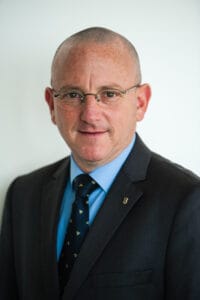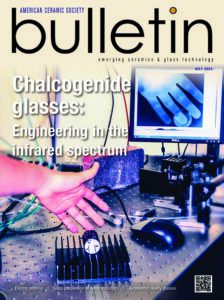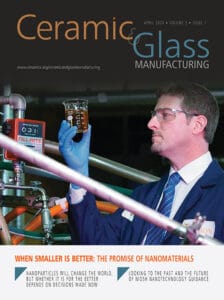
Professor Wayne D. Kaplan holds the Karl Stoll Chair in Advanced Materials at the Department of Materials Science and Engineering at the Technion – Israel Institute of Technology, Haifa Israel.
Kaplan completed his B.Sc. in Mechanical Engineering at the Technion in 1989, and his M.Sc. and D.Sc. in Materials Engineering at the Technion (1991, 1994). After a year as a Humboldt Post-Doctoral fellow at MPI-Stuttgart, Kaplan returned to the Technion in 1995 with a faculty appointment.
Kaplan has published more than 150 manuscripts in reviewed and archived international journals, two textbooks (Joining Processes and Microstructural Characterization of Materials, with D. Brandon), and has presented over 95 invited lectures at international conferences. Kaplan has been honored with the Taub Award for Academic Excellence, the Technion Prize for Innovativeness and Enterprise (for the development of a method for rapid feasibility analysis between academia and industry), the Sosman Award from the Basic Science Division (BSD) of the American Ceramic Society, and he is a fellow of the American Ceramic Society. Kaplan currently serves on the Editorial Committee of Annual Reviews of Materials Research, served as an editor of the Journal of Materials Science, Chair of the Israel Society for Microscopy, Chair of the BSD of the American Ceramic Society, Dean at the Technion (2010-2014), Vice President for Research of the Technion (2014-2019), and Vice President for External Relations and Resource Development (2022-present). Kaplan sees the American Ceramic Society as an important conduit to promote fundamental aspects of advanced ceramic science.
Kaplan’s research focuses on fundamental interface science, with a strong emphasis on metal-ceramic interfaces and grain boundaries via a combination of interface thermodynamics and advanced electron microscopy. In recent years he has focused on solute adsorption affecting grain boundary mobility in ceramics. The results of these fundamental studies are then applied towards metal-ceramic composites and joins.
TITLE: Adsorption, Diffusion, and Disconnection Motion During Sintering: Engineering Microstructures by Grain Boundary Control
At the temperatures required for densification, grain boundary (GB) motion often occurs, resulting in grain growth driven by the reduction of GB area. GB motion can result in pore detachment forming occluded porosity, requiring bulk diffusion for densification. Grain growth is often attributed to diffusional processes similar to those occurring during densification. However, recent evidence suggests that the mechanism of GB motion is via the motion of GB disconnections, which do not require long range diffusional transport.
Alumina is a paradigm for microstructural evolution studies. Mg is known to promote densification and limit grain growth by solute-drag. Ca causes exaggerated grain growth in alumina, and Ca in alumina at concentrations below the solubility limit increases GB mobility (solute-acceleration). The mechanism for solute-drag and solute-acceleration is believed to be adsorbing dopants (and their charge compensating defects) interacting with disconnections at GBs. Dopant adsorption to the surfaces of pores can change their relative mobility, where Mg is known to increase surface diffusion (preventing pore detachment). Cr apparently reduces surface diffusivity, increasing the probability for pore detachment and retarding densification. This lecture will review these concepts and define open questions for future research.
Subscribe to Ceramic Tech Today

Don’t miss the latest ceramic and glass materials news. Receive the CTT newsletter to your email three times a week by subscribing at this link.
Subscribe to Ceramic & Glass Manufacturing Weekly

Don’t miss the latest ceramic and glass business news. Receive the C&GM Weekly newsletter to your email every Monday by subscribing at this link.


